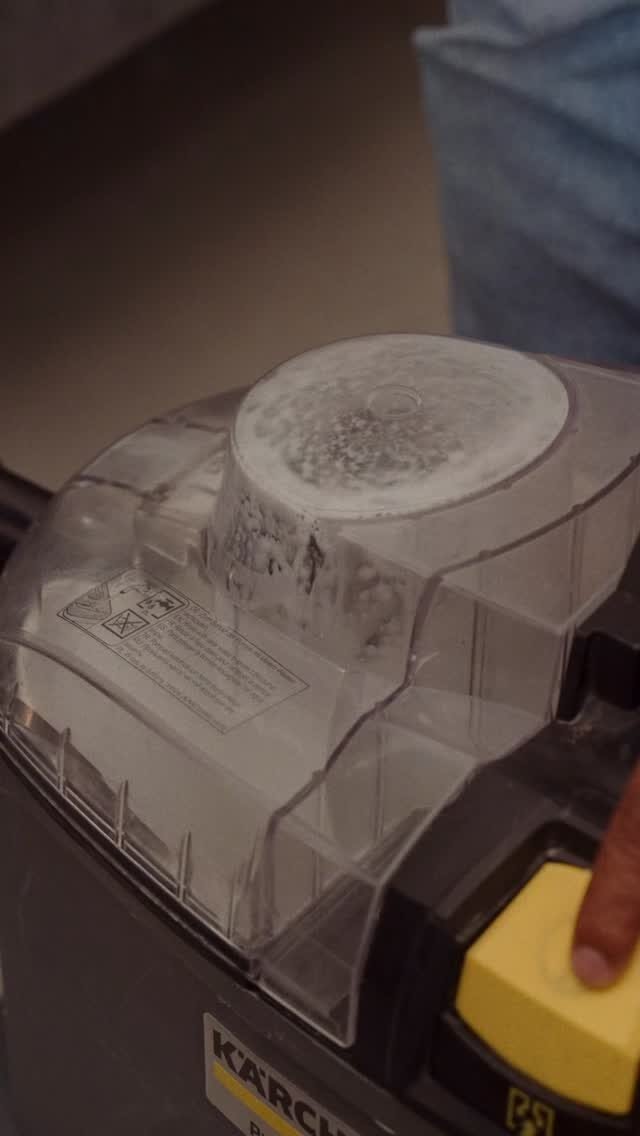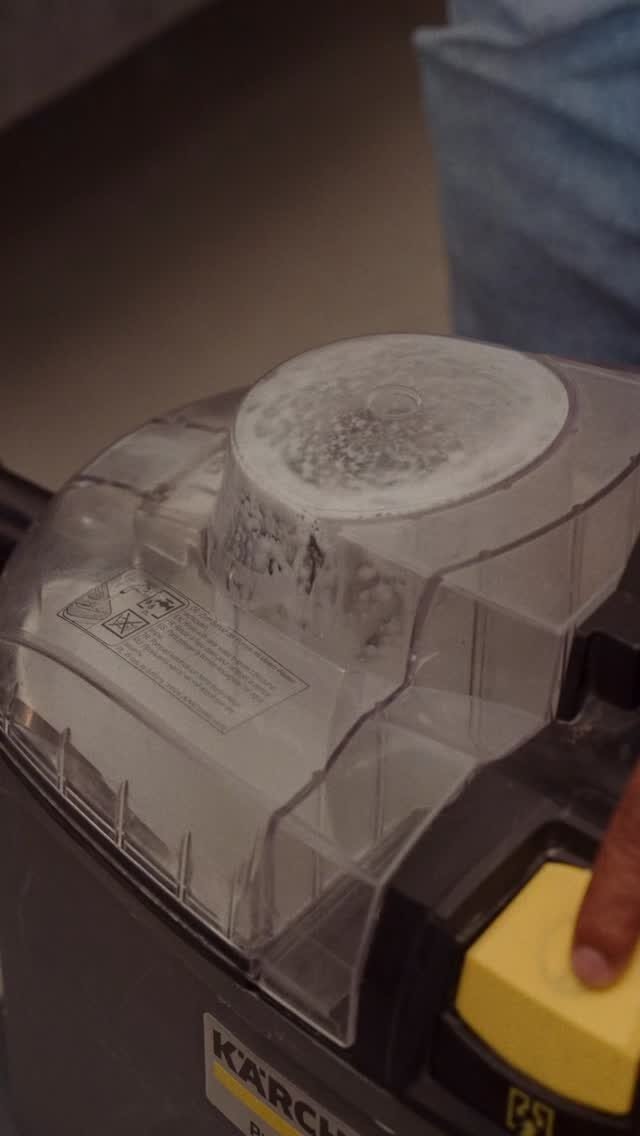Cleaning after homicides presents unique challenges that go beyond conventional cleaning. These scenarios require not just meticulous cleaning techniques, but also an understanding of the emotional and legal complexities involved. In this article, we explore the four major challenges encountered in cleaning after homicides and the effective strategies to overcome them. Addressing everything from the handling of biohazardous materials to navigating the psychological impact, this guide emphasizes the importance of professional and compassionate approaches. Understanding these challenges is key to ensuring that the cleanup process is thorough, respectful, and in compliance with legal standards, providing a crucial step towards restoration and closure.
[lwptoc]
Table of Contents
Toggle1. Dealing with Biohazardous Materials
One of the most significant challenges in cleaning after homicides is the management of biohazardous materials. These sites often contain blood, bodily fluids, and other biological contaminants that pose serious health risks. Handling and disposing of these materials safely and effectively is crucial to prevent the spread of infectious diseases and maintain a safe environment.
Understanding Biohazards
- Biohazardous materials at a homicide scene can include blood, bodily fluids, tissue, and other potentially infectious materials (OPIM). These substances can carry bloodborne pathogens such as HIV, Hepatitis B and C, which are capable of surviving outside the body for extended periods.
- The risk of infection is not only limited to direct contact with these materials but also includes potential exposure to airborne pathogens, especially during the cleaning process.
Safe Handling Procedures
- The primary step in dealing with biohazards is to ensure the use of appropriate Personal Protective Equipment (PPE), including gloves, gowns, masks, and eye protection. This equipment provides a critical barrier between the cleanup crew and the hazardous materials.
- All PPE used during the cleanup should be disposable and properly discarded as biohazardous waste to prevent contamination.
Effective Cleaning and Disinfection
- The cleaning process involves more than just removing visible traces of biohazardous materials. It requires a deep cleaning approach to ensure that all residues, even those not visible to the naked eye, are completely eradicated.
- Utilizing EPA-registered disinfectants that are effective against a broad spectrum of pathogens is essential. The application of these disinfectants should follow strict guidelines, including appropriate contact times to ensure maximum efficacy.
Proper Disposal of Biohazards
- Biohazardous waste must be carefully collected and sealed in specially designed biohazard bags. The disposal process is governed by specific regulations that dictate how and where this waste should be treated and disposed of.
- Compliance with these regulations is critical not only for environmental safety but also to adhere to legal standards.
Challenges and Solutions
- One of the primary challenges in dealing with biohazards is ensuring complete removal, especially in areas where contaminants have seeped into porous surfaces like carpets and upholstery. Advanced techniques, such as steam cleaning and the use of enzymatic cleaners, are effective in addressing this issue.
- Another challenge is the potential emotional impact on the cleaning crew, who must perform their duties in a distressing environment. Providing adequate training and support helps in preparing the team to handle these situations both professionally and compassionately.
Collaboration with Professionals
- In some cases, the severity of contamination may require collaboration with other professionals, such as forensic cleaners, to ensure that all biohazardous materials are thoroughly and safely removed.
- This collaborative approach is particularly important in scenarios like 5 Essential Steps in Professional Biohazard Cleanup, where a comprehensive understanding of biohazard management is crucial.
In conclusion, dealing with biohazardous materials in cleaning after homicides requires meticulous attention to detail, adherence to safety protocols, and an understanding of the health risks involved. It’s a task that demands not only technical proficiency but also a high degree of responsibility and care, underscoring the importance of entrusting this work to experienced and specialized professionals.
2. Emotional and Psychological Impact
The emotional and psychological impact of cleaning after homicides presents a significant challenge, both for those directly affected by the incident and for the professionals involved in the cleanup. This aspect of the cleanup process is often overlooked but is crucial for ensuring the well-being of everyone involved.
Table: Emotional and Psychological Challenges in Homicide Cleanup
| Challenge | Description | Solutions |
|---|---|---|
| Trauma for Families and Friends | Dealing with the loss and the violent nature of the death | Offering compassionate service, referral to counseling and support groups |
| Impact on Cleanup Crew | Exposure to traumatic scenes can lead to emotional distress | Providing psychological support, regular debriefings, and counseling services |
| Community Impact | Neighbors and the community may be affected by the incident | Ensuring discreet and respectful cleanup operations, community support initiatives |
Statistics on Psychological Impact:
- Studies suggest that exposure to traumatic events, such as homicides, can lead to Post Traumatic Stress Disorder (PTSD) and other forms of psychological distress.
- Among first responders, who are regularly exposed to traumatic scenes, the prevalence of PTSD can be as high as 20%, according to the Substance Abuse and Mental Health Services Administration.
Handling Trauma for Families and Friends
- Families and friends of the deceased often face overwhelming emotional trauma. The violent nature of a homicide adds an additional layer of shock and grief.
- After death cleaning services need to approach these situations with utmost sensitivity. Providing clear communication about the process and what to expect can help alleviate some anxieties.
- Referrals to professional counseling services or support groups can be a valuable part of aftercare, helping those affected begin the healing process.
Supporting the Cleanup Crew
- The cleanup crew is exposed to highly distressing scenes which can take a toll on their mental health.
- Regular psychological support and counseling services should be made available to them. This support helps in managing the emotional impact and prevents long-term psychological issues such as PTSD or burnout.
- Implementing a debriefing process after each cleanup can help crew members process their experiences in a supportive environment.
Minimizing Community Impact
- Homicide incidents can have a ripple effect on the surrounding community, creating a sense of fear and unease.
- Conducting the cleanup discreetly and respectfully can help minimize additional trauma to the community. The aim should be to restore normalcy as swiftly and quietly as possible.
- Engaging in community support initiatives can also assist in healing the wider community affected by the incident.
Training and Preparedness
- Proper training in handling emotional and psychological aspects is crucial. Crew members should be educated on how to interact with grieving families and how to cope with their own reactions to traumatic scenes.
- Inclusion of mental health professionals as part of the cleanup team can be beneficial in providing immediate support and advice.
In conclusion, addressing the emotional and psychological impact in cleaning after homicides requires a multi-faceted approach. It involves not only providing support and resources to those directly affected by the incident but also ensuring that the cleanup crew is equipped to handle the psychological challenges of their work. Recognizing and responding to these emotional aspects is integral to the healing process and underscores the importance of a compassionate and holistic approach to homicide cleanup.
3. Legal and Investigative Constraints
Navigating the legal and investigative constraints is a critical challenge in cleaning after homicides. Homicide scenes are, by their very nature, complex environments that intertwine the need for thorough cleaning with the imperative of preserving crucial evidence. These scenes are typically under the jurisdiction of law enforcement and cannot be altered until they are officially released, which introduces a significant delay in the cleaning process. This waiting period, while necessary for the investigative process, can exacerbate the severity of the scene, as biological materials continue to decompose, and odors intensify.
Compliance with legal protocols in these situations is not just a formality but a fundamental requirement. Any deviation from these protocols can jeopardize the integrity of the investigation, potentially leading to serious legal consequences. It’s essential for professional cleaning services to have a deep understanding of these legal frameworks and to maintain close communication with law enforcement officials. This collaboration ensures that the cleaning crew is fully informed about the areas of importance in the investigation, such as points of evidence collection, which must be preserved or handled with extreme caution.
The involvement of law enforcement often requires the cleaning crew to adapt their procedures to align with investigative requirements. For instance, before cleaning blood or other biological evidence, it may be necessary to document the scene thoroughly, taking photographs or notes, which can be crucial for the ongoing investigation. This documentation not only provides a record of the scene pre-cleanup but also establishes a clear narrative of the changes made during the cleaning process.
In cases where the cleanup might alter key elements of the crime scene, such as bloodstains or ballistic evidence, the approach must be both methodical and transparent. The cleaning crew should employ specialized techniques that ensure all traces of the incident are removed while maintaining the integrity of any potential evidence. This forensic approach to cleaning is crucial in maintaining the investigative trail and is aligned with the principles outlined in Professional Biohazard Cleanup.
Furthermore, the disposal of materials from a homicide scene must be managed with utmost care. Items that might be of evidentiary value, such as fabrics soaked in the victim’s blood or personal belongings, need to be treated respectfully and according to the guidelines set by the investigative authorities. The decision to clean, dispose of, or preserve these items should be taken in consultation with law enforcement, ensuring that the integrity of the investigation is upheld.
The ethical considerations in cleaning after homicides also cannot be understated. Each scene represents a tragic event, a space where a life was abruptly and violently ended. The cleaning process must honor this reality, treating the site and any items found within it with the utmost respect and dignity. This ethical handling extends to interactions with the victim’s family and loved ones. Providing clear, respectful communication about what the cleaning process entails, and managing their expectations sensitively, is crucial in helping them navigate their grief.
In conclusion, cleaning after homicides requires more than just technical expertise in handling biohazards and cleaning techniques. It demands a nuanced understanding of the legal and investigative constraints, a collaborative approach with law enforcement, and an ethical sensitivity to the tragic nature of the scene. This multifaceted approach ensures not only compliance with legal standards but also respects the memory of the deceased, providing a measure of solace to those affected by the loss.
4. Odor Removal and Restoration
One of the intricate challenges in cleaning after homicides is dealing with persistent odors and restoring the property to its pre-incident state. The task is not only about cleaning visible traces but also about addressing the odors that can be deeply entrenched, posing a significant challenge in making the area habitable again.
Table: Strategies for Odor Removal and Restoration in Homicide Cleaning
| Strategy | Description | Application |
|---|---|---|
| Identification of Odor Sources | Odors in homicide scenes can emanate from blood, bodily fluids, and decomposition. Identifying the exact sources of these odors is the first step in effective odor control. | Inspection and assessment of the affected area to locate all potential sources of odor. |
| Use of Industrial-grade Deodorizers | Common household cleaning agents are often insufficient in dealing with the strong odors at homicide scenes. Industrial-grade deodorizers are designed to neutralize and eliminate these odors effectively. | Application of deodorizers in all affected areas, ensuring thorough coverage and attention to porous surfaces where odors can penetrate. |
| Advanced Air Purification | Persistent odors can linger in the air, requiring more than surface cleaning. Air purification systems, including HEPA filters and ozone generators, can be used to clean the air and remove odor-causing particles. | Deployment of air purifiers throughout the cleanup process and continuing their use until the odor is fully neutralized. |
| Deep Cleaning and Sanitization | Odors are often tied to biological contaminants. A thorough cleaning and sanitization of the area are essential to remove these contaminants and, by extension, the associated odors. | Utilizing steam cleaners, enzymatic cleaners, and EPA-approved disinfectants to thoroughly clean and sanitize all surfaces. |
| Restoration of Affected Areas | In some cases, materials such as carpeting, drywall, or upholstery might be too contaminated to clean effectively and may need to be removed and replaced. | Assessment of all materials in the affected area and replacement of those that cannot be adequately cleaned. |
| Monitoring and Re-evaluation | Odor removal can be a complex process, requiring ongoing monitoring and potentially multiple treatments to completely eradicate the odors. | Regular reassessment of the area to ensure that all odors have been eliminated and additional treatments as needed. |
Statistical Insight into Odor Removal Challenges:
- Studies have shown that odors, especially those associated with decomposition, can deeply impact psychological well-being, making their effective removal critical in homicide cleanups.
- Advanced air purification technologies, like ozone generators, have been found to be effective in neutralizing a wide range of odors, including those resulting from biological decomposition.
The process of odor removal and restoration is a meticulous one. It begins with a thorough assessment to locate the sources of the odors, which could range from dried blood to decomposing biological matter. Once identified, the application of industrial-grade deodorizers plays a pivotal role in neutralizing and eliminating these odors. These deodorizers are specifically formulated to tackle the kind of strong, persistent odors typically found at homicide scenes.
In conjunction with surface treatments, air purification strategies are implemented to address airborne particles contributing to the odor. This may involve the use of HEPA air filtration systems and ozone generators, which work to clean the air and remove odor-causing particles. This step is crucial as odors can permeate the environment, lingering long after the initial cleanup.
Deep cleaning and sanitization are also integral to the process. This involves a comprehensive cleaning of all surfaces, utilizing specialized equipment and cleaning agents capable of breaking down and removing biological contaminants. In cases where materials are too contaminated, such as heavily blood-stained carpets or furniture, restoration may involve the removal and replacement of these items.
The challenge of odor removal is not just a one-time task but requires ongoing monitoring and re-evaluation. It’s a dynamic process that might require multiple treatments to ensure that the odors are completely eradicated and the property is restored to a habitable state.
In summary, the challenge of odor removal and restoration in cleaning after homicides requires a multi-layered approach, combining advanced technologies, specialized cleaning techniques, and a thorough understanding of the nature of the odors involved. This comprehensive strategy ensures that the affected areas are not only visually clean but also free from lingering odors, helping to restore a sense of normalcy to the space. Integrating these strategies effectively, as outlined in the Essential Steps in Professional Biohazard Cleanup, is key to successfully overcoming this challenge.
Why Choose Bio On for Cleaning after Homicides
Choosing Bio-On for cleaning after homicides means entrusting a profoundly sensitive task to a team that is not only technically proficient but also deeply compassionate and respectful. Our expertise in handling biohazardous materials, coupled with a profound understanding of the emotional and legal intricacies involved, sets us apart. We prioritize safety, discretion, and thoroughness, employing advanced techniques and equipment to ensure effective cleanup. Our commitment to ethical practices, responsive customer support, and our ability to sensitively navigate the complexities of such scenarios provide peace of mind during challenging times, making Bio-On a reliable and empathetic choice for post-homicide cleaning services.






































2 Responses